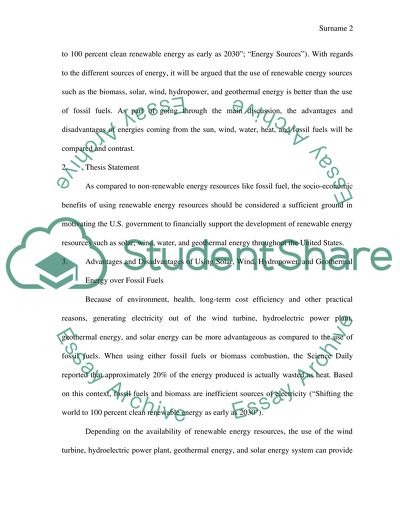Cite this document
(“Sustainable Energy Resourses vs. Climate Change Essay”, n.d.)
Retrieved from https://studentshare.org/environmental-studies/1395392-climate-change
Retrieved from https://studentshare.org/environmental-studies/1395392-climate-change
(Sustainable Energy Resourses Vs. Climate Change Essay)
https://studentshare.org/environmental-studies/1395392-climate-change.
https://studentshare.org/environmental-studies/1395392-climate-change.
“Sustainable Energy Resourses Vs. Climate Change Essay”, n.d. https://studentshare.org/environmental-studies/1395392-climate-change.


